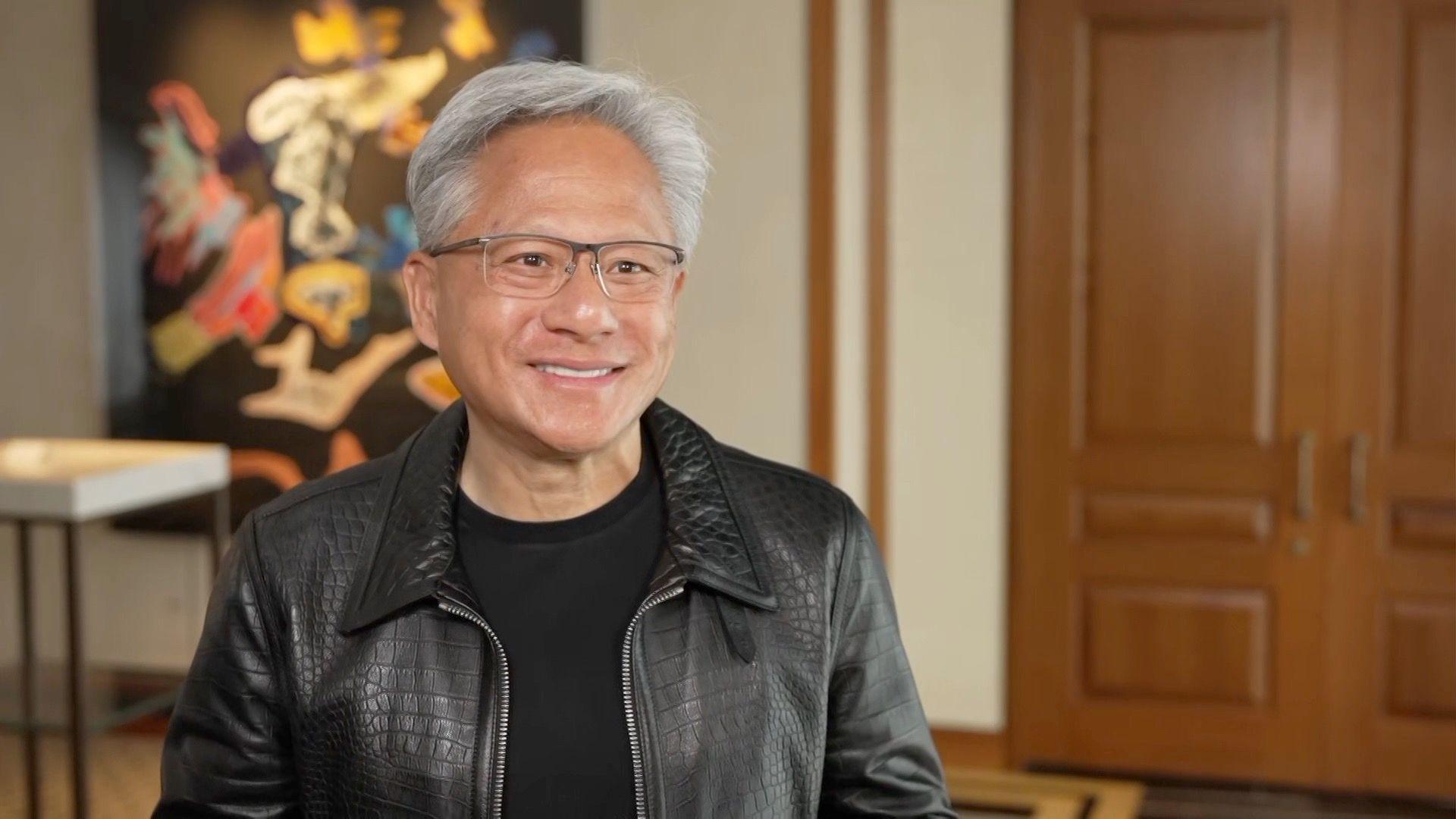Academics to use AI supercomputer for eye study

Dr Javier Andreu-Perez is leading the research at the University of Essex
- Published
One of the UK's most powerful artificial intelligence (AI) supercomputers will be used by researchers in a £1.2m ($1.5m) eye study.
Academics at the University of Essex are investigating if mental fatigue and lapses in concentration are reflected through the eye.
They have been granted access to the government-funded technology, known as the Isambard-AI, for 10,000 hours.
Research lead Dr Javier Andreu-Perez said the machine would "offer new insights" into human behaviour.
It will be used to power and explore large-scale models that integrate data from people and their surroundings.
Dr Andreu-Perez hoped it would then gain a detailed understanding of how the eye behaves, reacts and is influenced by cognition.
"Our project involves collecting and analysing eye movements on natural settings," he said.
"Thanks to the AI supercomputer, we will be able to quickly assess and predict fatigue levels and offer new insights into how cognitive strain affects behaviour."

Researchers from across the UK are involved in the EyeWarn project
Essex is due to be at the forefront of the UK's AI innovation when a £2bn data centre is built in Loughton.
Academics from across the country and AI company the Solvemed Group are collaborating for the eye study, dubbed EyeWarn, at the University of Essex.
They wanted to bring "innovative research into real-world settings", according to the university, which has campuses in Colchester, Southend-on-Sea and Loughton.
Dr Andreu-Perez, a computer science lecturer, said: "This project represents a significant advancement in the UK's scientific efforts in human-centred artificial intelligence.
"EyeWarn places a strong emphasis on enhancing our understanding and monitoring of human factors, such as fatigue and its effects on the body through the eye."
Get in touch
Do you have a story suggestion for Essex?
Follow Essex news on BBC Sounds, Facebook, external, Instagram, external and X, external.
- Published18 September

- Published17 September

- Published16 February
